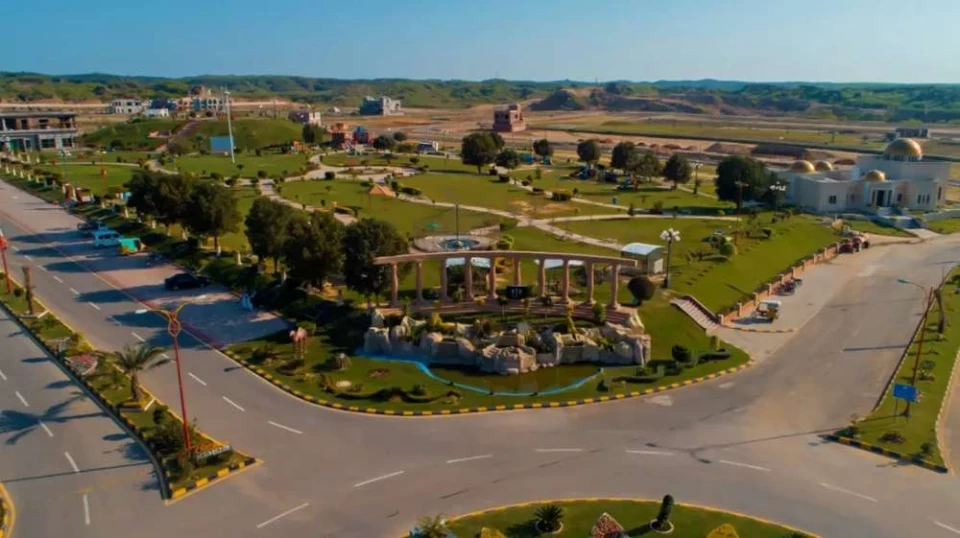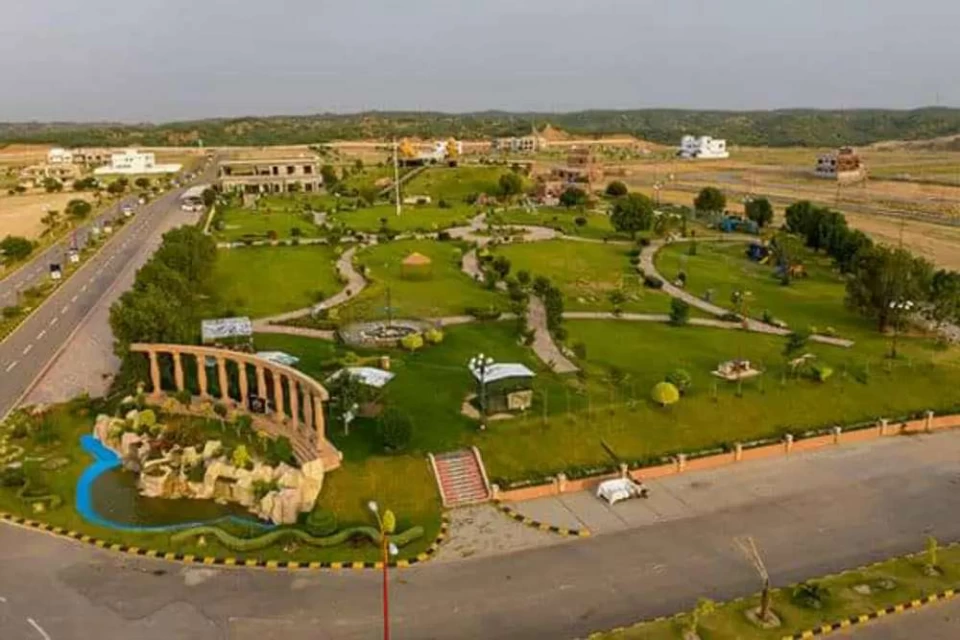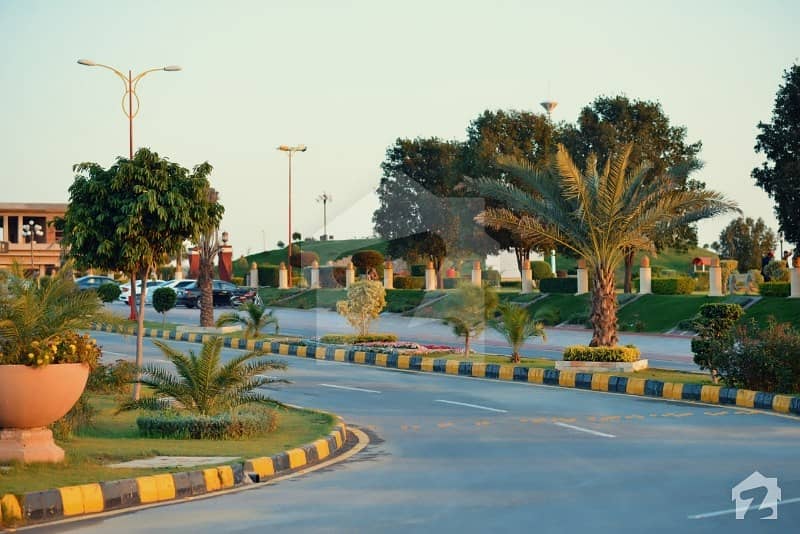
Sarai Alamgir Rasool Mandi Bahauddin Road
The rehabilitation of the Head Ali Bag Sarai Alamgir Rasool Mandi Bahauddin Road, spanning a length of 18.65 kilometers in District Gujrat, is a vital infrastructure project aimed at enhancing connectivity, promoting economic growth, and improving the overall quality of life for the residents of this region. This ambitious project seeks to address the long-standing issues of deteriorating road conditions, congestion, and safety concerns, thereby laying the foundation for improved mobility and development.
High Court Rest House at Mirpur
The rehabilitation of the Head Ali Bag Sarai Alamgir Rasool Mandi Bahauddin Road, spanning a length of 18.65 kilometers in District Gujrat, is a vital infrastructure project aimed at enhancing connectivity, promoting economic growth, and improving the overall quality of life for the residents of this region. This ambitious project seeks to address the long-standing issues of deteriorating road conditions, congestion, and safety concerns, thereby laying the foundation for improved mobility and development.
Project Overview:
- Location: The road, often referred to as the Head Ali Baig to Sarai Alamgir Road, is situated in District Gujrat, Pakistan.
- Length: The project covers a distance of approximately 18.65 kilometers, extending from Head Ali Baig to Sarai Alamgir.
- Purpose: The primary purpose of this rehabilitation project is to upgrade the road infrastructure to meet modern standards, enhancing transportation efficiency, and reducing travel times.
- Benefits: The project aims to provide several benefits, including improved road safety, reduced vehicle maintenance costs, increased economic opportunities, and enhanced connectivity to the region.
Project Objectives:
- Road Rehabilitation: Repair and resurface the existing road to ensure a smooth and durable riding surface.
- Widening and Realignment: Where necessary, widen the road and realign certain sections to accommodate increased traffic volumes and improve safety.
- Drainage and Culverts: Upgrade drainage systems and install culverts to mitigate water-related issues and prevent flooding during heavy rainfall.
- Signage and Lighting: Install proper signage and lighting to enhance safety for both daytime and nighttime travel.
- Safety Measures: Implement safety measures such as guardrails and speed-limit enforcement mechanisms.
- Environmental Considerations: Ensure that the rehabilitation work is carried out in an environmentally responsible manner, minimizing ecological impact.
Construction Phases: The project will be executed in several phases to minimize disruptions to traffic and local communities. These phases will include:
- Preliminary Surveys: Conduct thorough surveys and assessments of the existing road conditions, drainage systems, and alignment.
- Design and Planning: Develop detailed engineering designs and construction plans.
- Land Acquisition: Acquire any necessary land or property for road widening or realignment.
- Construction: Execute the construction work, which includes road resurfacing, drainage system upgrades, and safety enhancements.
- Quality Control: Implement rigorous quality control measures to ensure the durability and safety of the road.
- Monitoring and Maintenance: Regularly monitor the road’s condition and conduct necessary maintenance to address wear and tear over time.
Community Engagement: Throughout the project, local communities and stakeholders will be consulted to address concerns and ensure minimal disruption to their daily lives. Information campaigns will also be conducted to keep the public informed about the project’s progress and any potential changes to traffic patterns.
Conclusion: The rehabilitation of the Head Ali Bag Sarai Alamgir Rasool Mandi Bahauddin Road represents a significant step towards improving transportation infrastructure in District Gujrat. This project is poised to bring numerous benefits to the region, including safer and more efficient travel, enhanced economic opportunities, and an improved quality of life for the residents. Through careful planning, construction, and community engagement, this endeavor is expected to contribute positively to the development and progress of the area.


